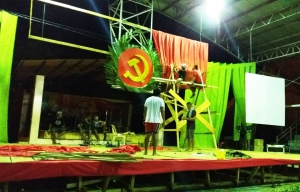Raling Iglap
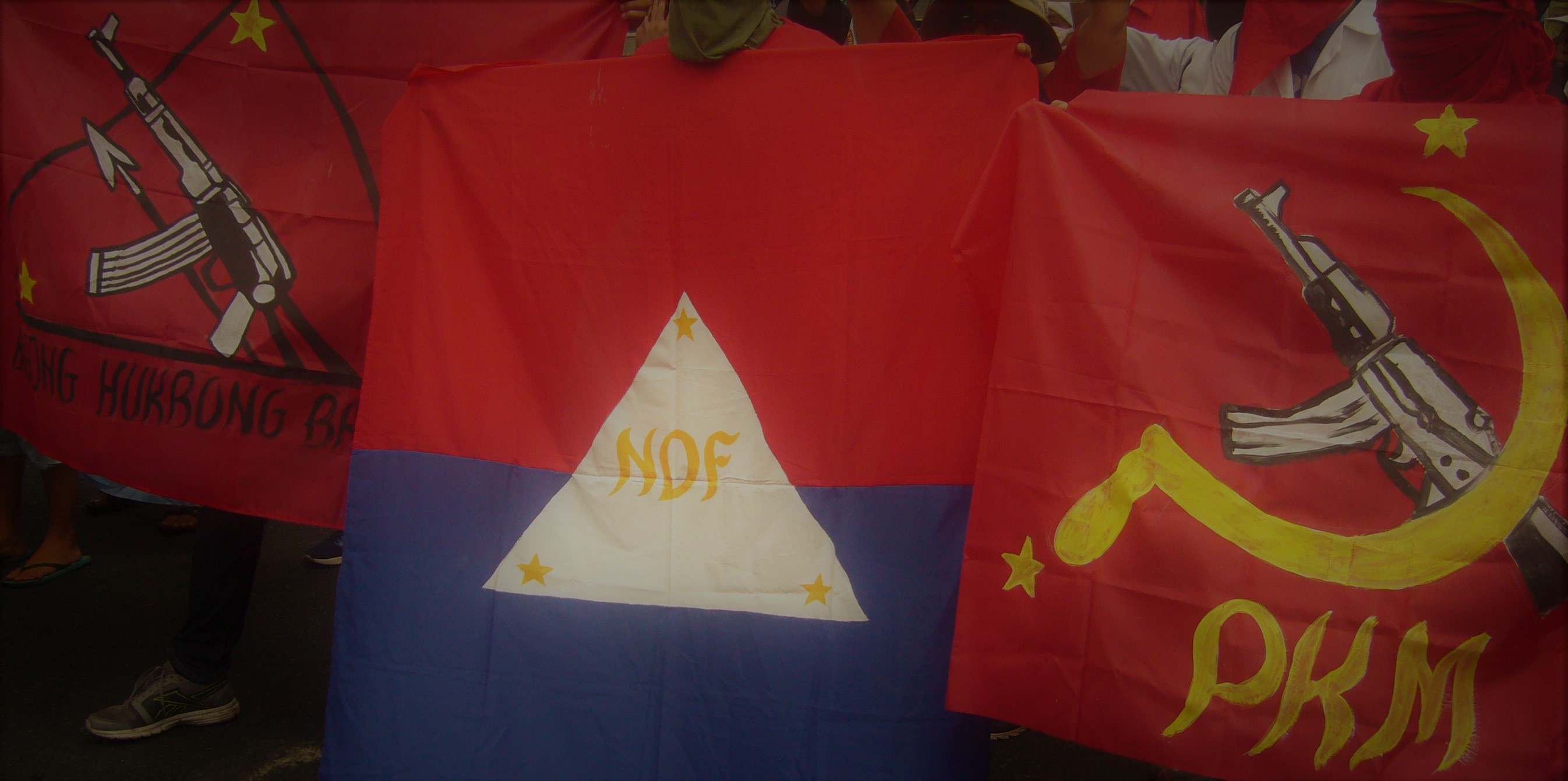
by ARMAS (Artista at Manunulat para sa Sambayanan)
Enero, sa panulukan ng EDSA-Aurora
Ipinarada ang mga pulang bandila
Suporta sa usapang kapayapaan, ugatin ang kahirapan
Digmang bayan para sa makatarungang kapayapaan
– Enero 23, 2017 | Cubao, Quezon City
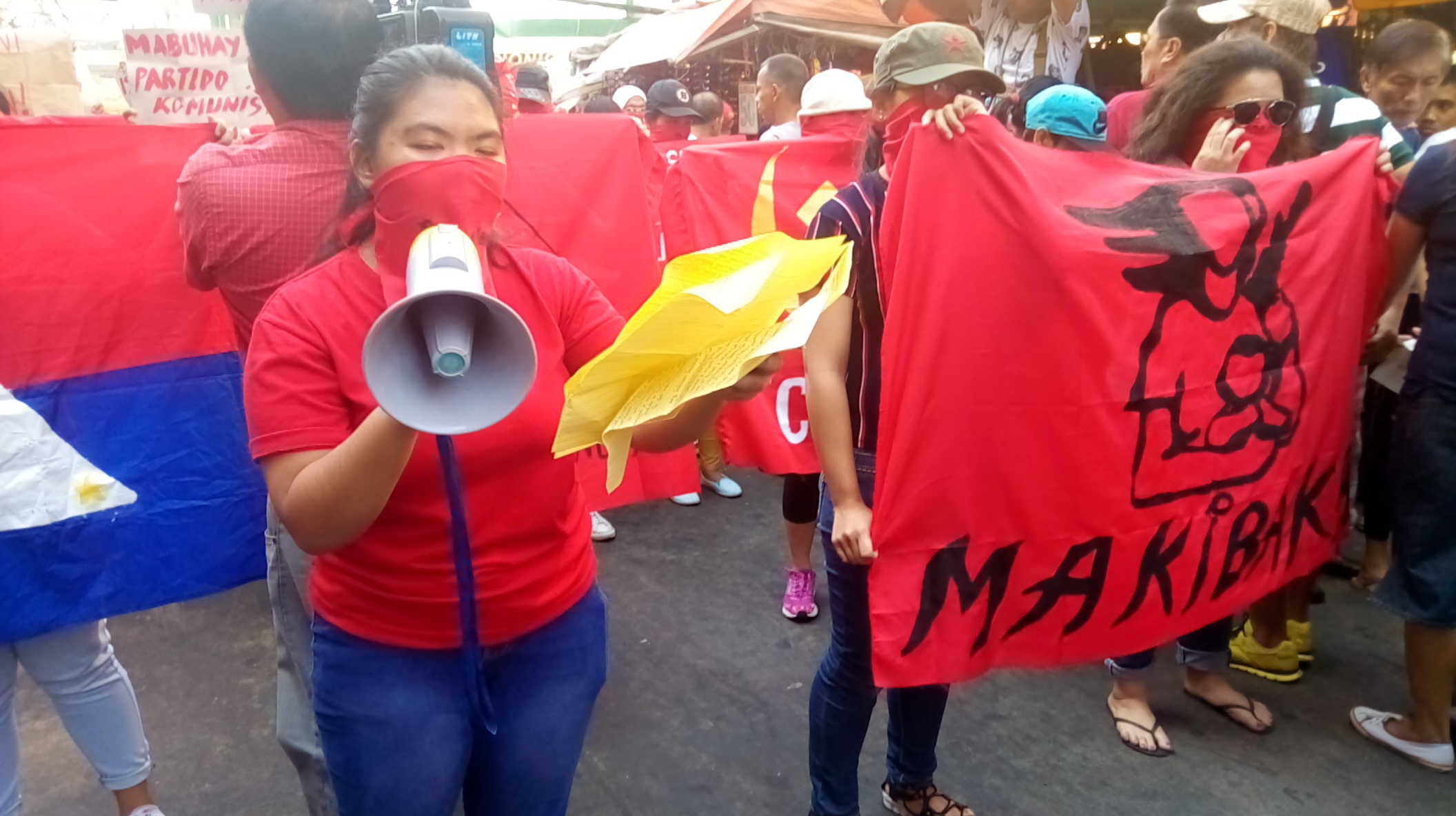
Sa may simbahan ng Quiapo, mga Bagong Kababaihan
Hawak ay hindi kandila, rosaryo, o dasal
Litanya ng pakikidigma ang binibigkas, inuusal
Hangad ay paglaya ng uring pinagsasamantalahan
– Marso 17, 2017 | Quiapo, Manila
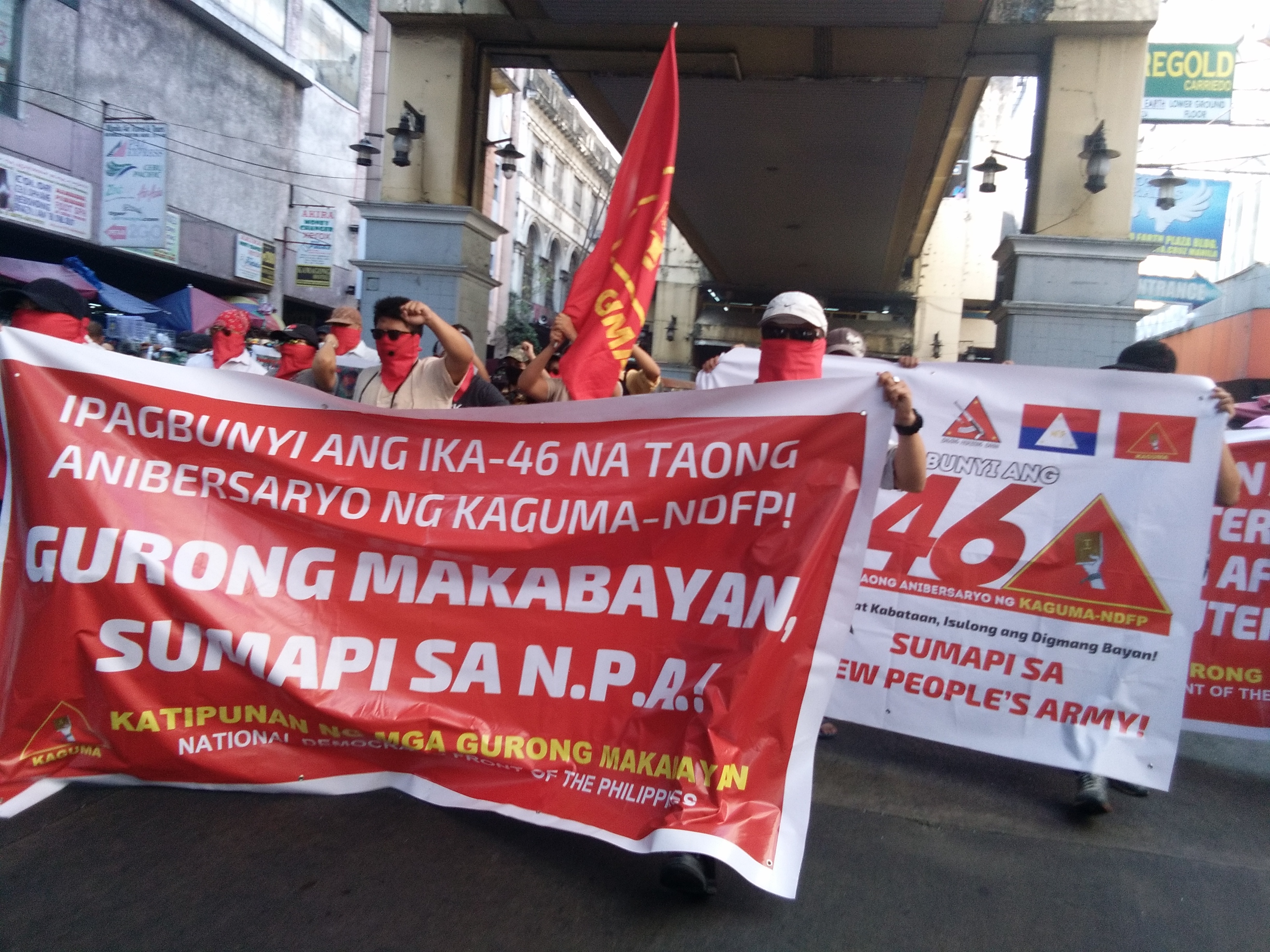
Sa Sta. Cruz-Avenida sa Maynila
Makabayang guro ang nagmartsa
Itinuturo ang landas ng pakikibaka
Sa hukbong bayan sumapi, sumampa
– Marso 24, 2017 | Sta. Cruz, Manila

Itinanghal apatnapu’t walong taon ng pakikidigma
ng Bagong Hukbong Bayan sa kanto ng EDSA-Aurora
Armas ng mamamayang sinasamantala
Tagumpay ng rebolusyon ang panata
– Marso 27, 2017 | Cubao, Quezon City
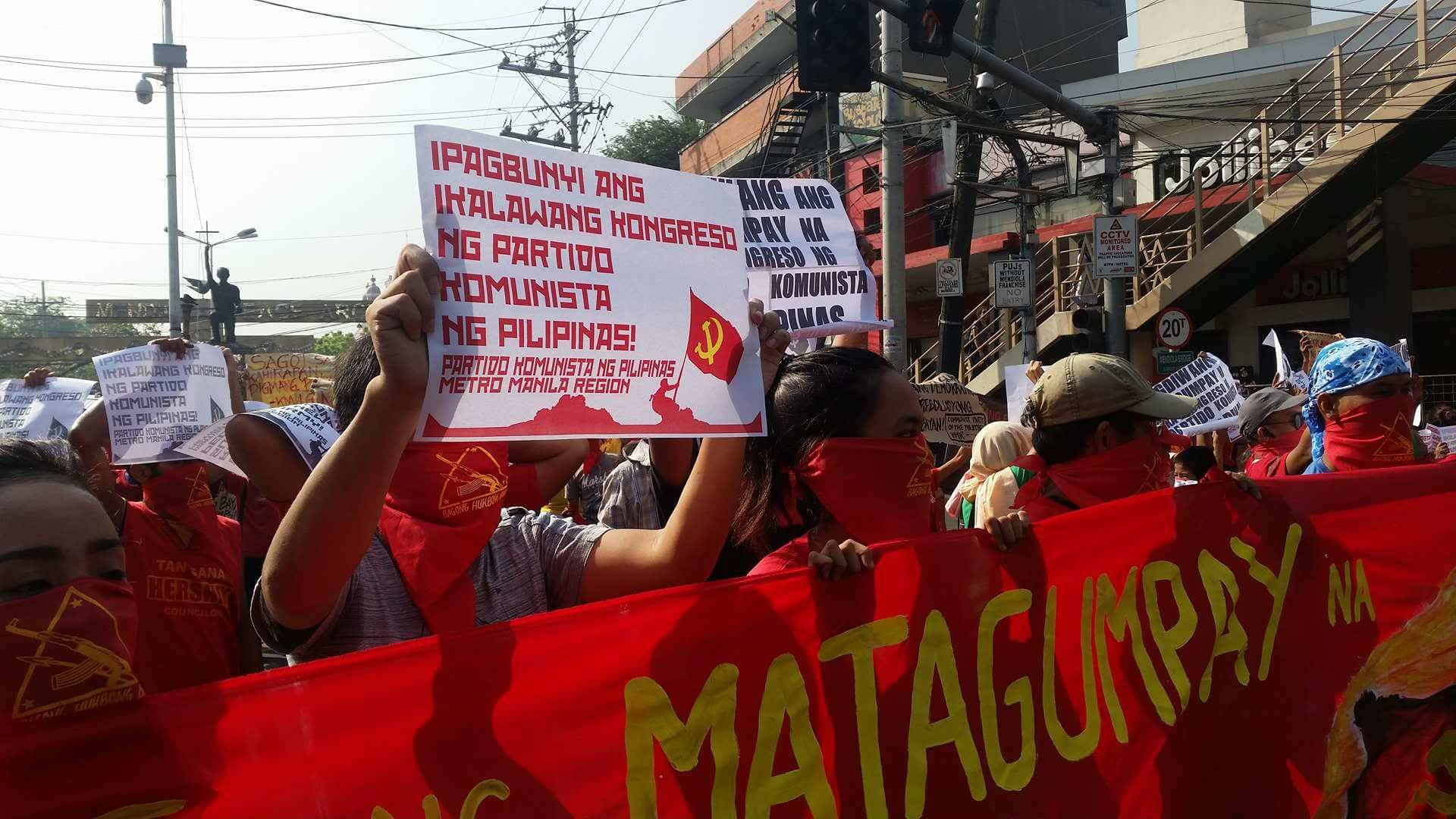
Ipinagbunyi sa paanan ng Mendiola
Ikalawang Kongreso ng Partido Komunista
Marxismo-Leninismo-Maoismo ang gabay
Ibayong pagkakaisa, ibayong tagumpay
– Marso 31, 2017 | Mendiola, Manila

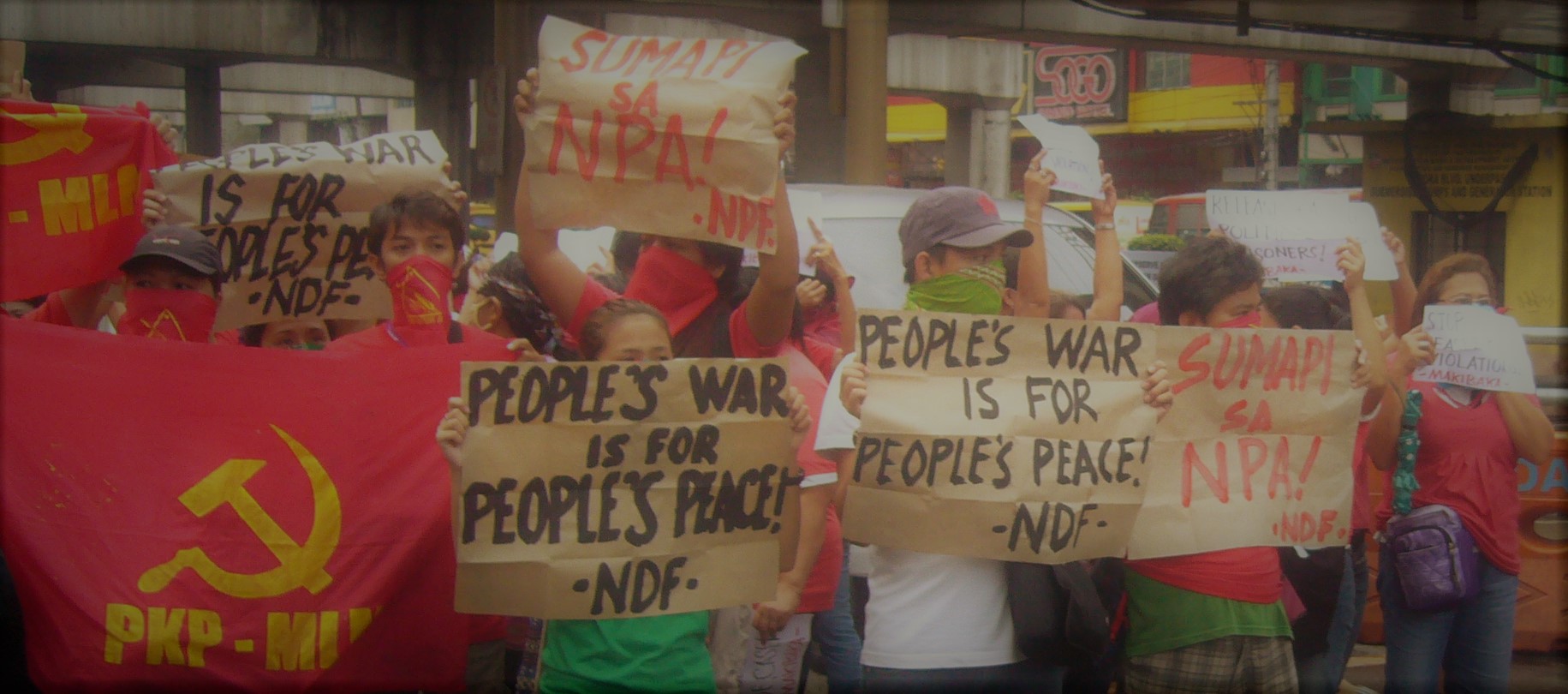

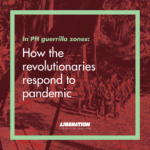




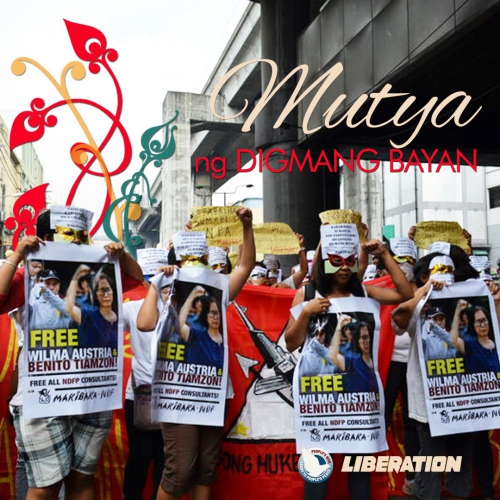
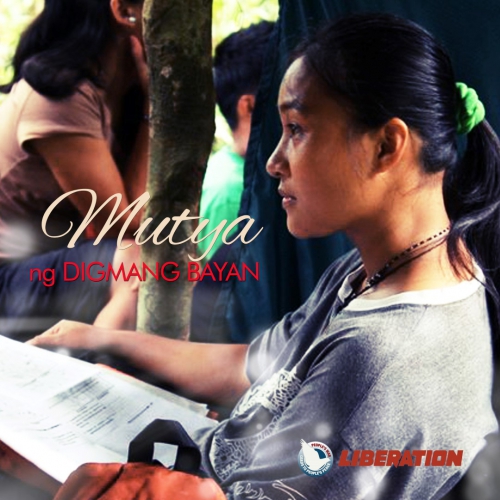

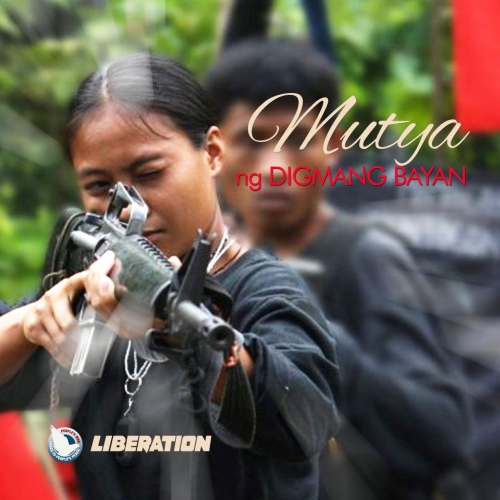
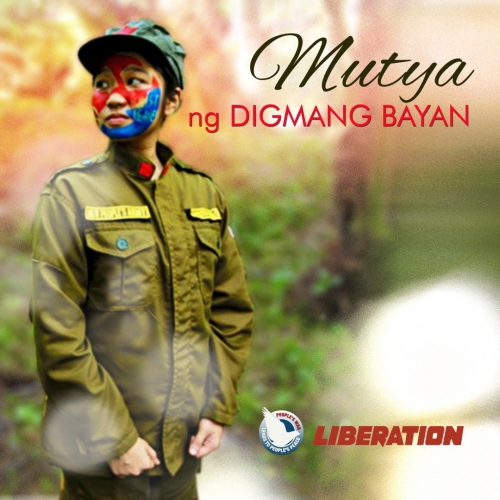
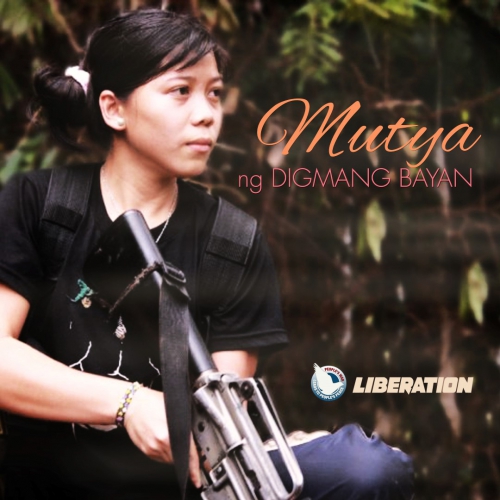
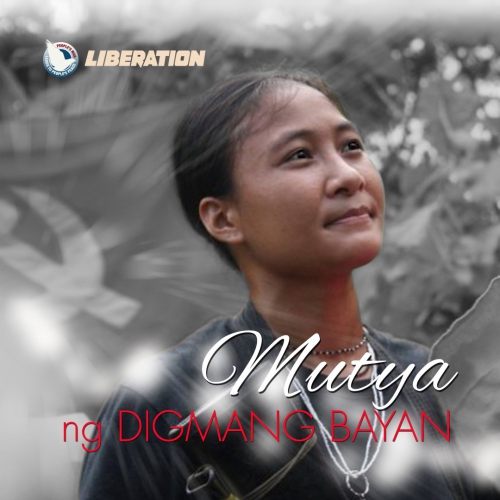
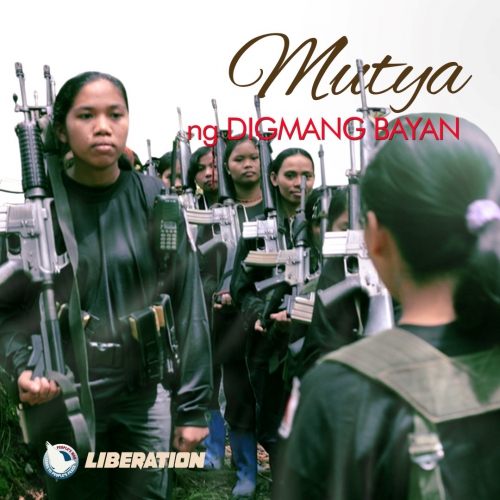
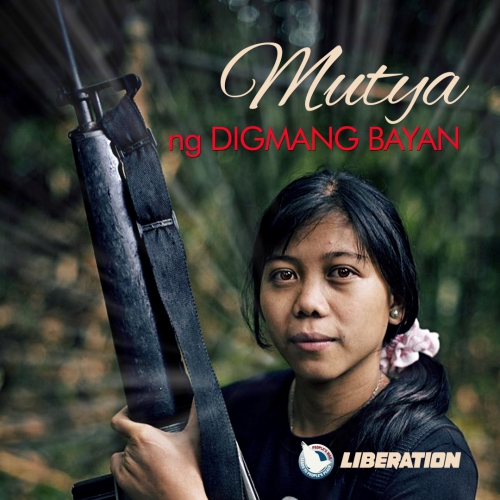
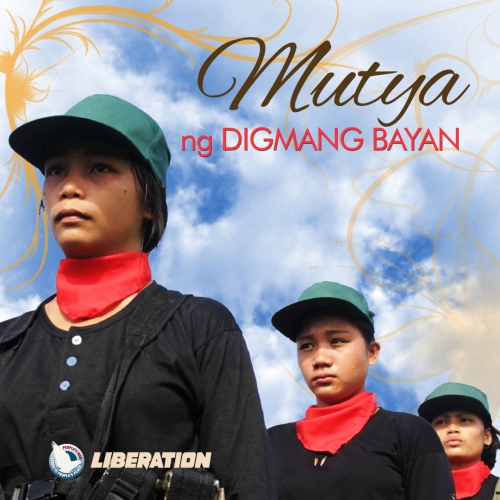

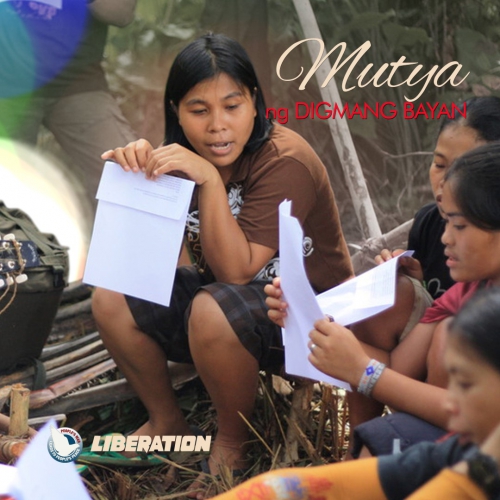
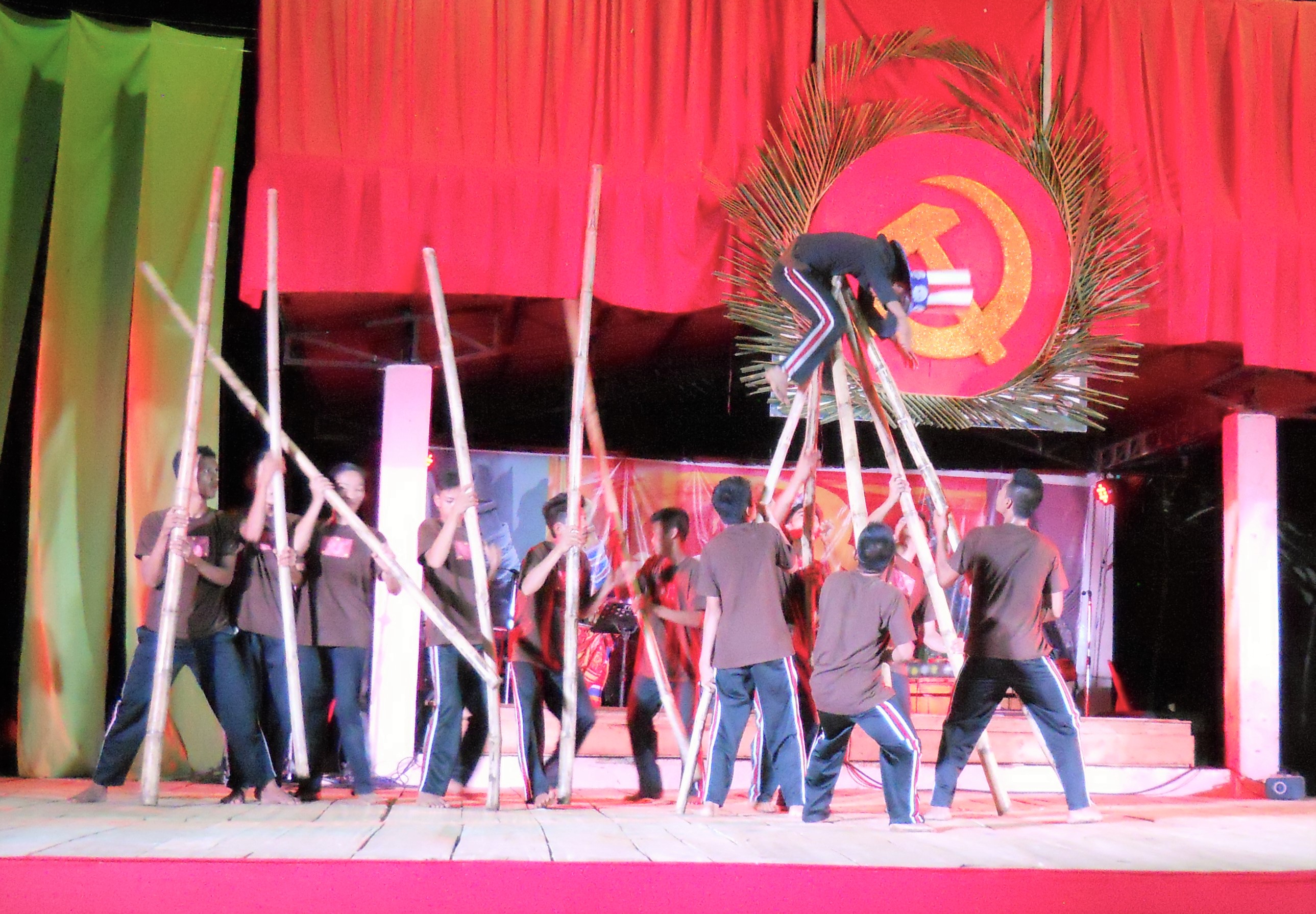
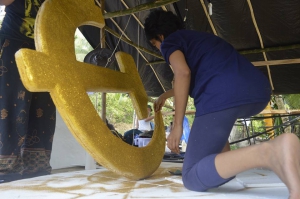 Strength and flexibility
Strength and flexibility 